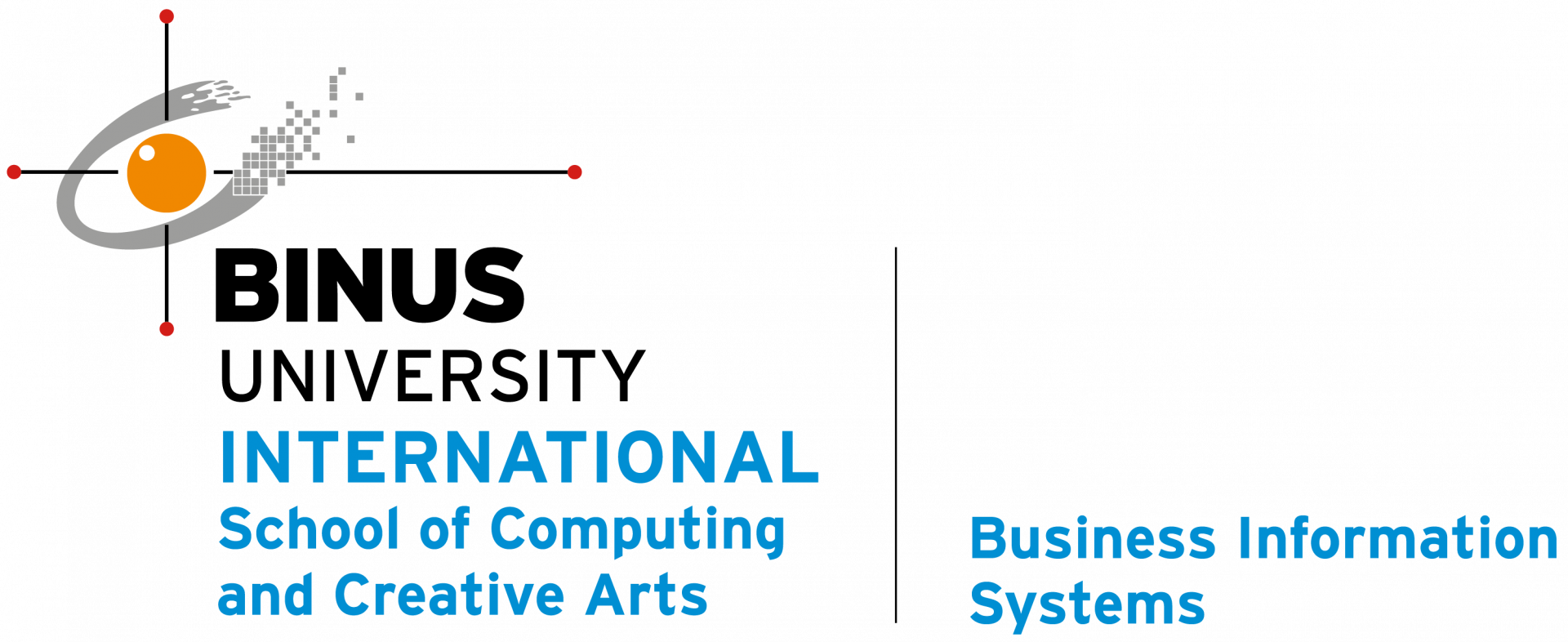Cyber Security Challenges in the Digital Age

Antonius Christ
In this new digital age where many aspects of our daily lives heavily involve technology and the internet to operate, the threats of malicious malware grow to be even more dangerous and may lead to heavy negative impact to our day to day activities whether it be through losing our accounts for social media or our devices being slowed down. These new threats come in several new forms such as ransomware, advanced persistent threats and many more.
To explain some of these new challenges let us first start with ransomware. Ransomware is malware that locks access to the victim’s data unless a ransom is paid to the perpetrator of the ransomware, thus the name ransomware. It encrypts the victim’s files, making them inaccessible, and demands a ransom payment to decrypt them. When done by a skilled perpetrator, decrypting the ransomware without the decryption key would be very difficult and can also be hard to trace. An example of a ransomware would be the AIDS Trojan which was used in 1989. The threat of ransomware is extremely dangerous and there were 181.5 million ransomware attacks in the first six months of 2018. This record marks a 229% increase over this same time frame in 2017.
Next up is the advanced persistent threat, an advanced persistent threat or APT for short is a covert cyber attack on a computer network where the attacker gains and maintains unauthorized access to the targeted network and remains undetected for a significant period. During the time between the infection and remediation the hacker will monitor, intercept and relay information and sensitive data, the intention of the advanced persistent threat is steal data rather than to cause a system outage, deny service or infect a system with malware. An example of this would be Stuxnet which was targeted at Iran’s nuclear program made by the United States of America and Israel.
Another one are internet of things threats or IOT threats for short. At its core the internet of things is the concept of connecting devices to the internet and to other connected devices, in practice, the internet of things is a massive network of connected things and people, collecting and sharing data about each other and their environment. The problem with IOT security is that it is designed for ease of use and simplicity, not security and they also often have hard coded passwords which is much easier for hackers to crack compared to more safe security measures that other things may use. An example of this is a malware called Mirai that turned devices running Linux into a bot for their botnet which was used for large scale network attacks such as DDOSing.
An upcoming relieve and concern for cybersecurity is the uprising of artificial intelligence technology in the recent years. While artificial intelligence can be used for good by helping strengthen security measures it can also be used to attack unknowing victims. Security teams can use artificial intelligence to detect and mitigate threats, perform fraud detection and also be used to test security measures implemented. On the other hand, threat actors can also use artificial intelligence to test their malware attacks, use artificial intelligence to map out their attacks and improve their chances of success or even feed artificial intelligence with bad data to attack victims. Overall the future of AI use in cybersecurity and cyberattacks is unclear as of now and will need more time to be revealed.

